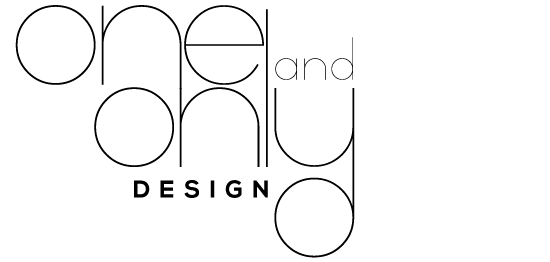
Why Color Matters In Web Design
Colors have a significant impact on how users perceive and interact with websites. They can improve the overall user experience by making it easier for visitors to navigate and understand the content. Moreover, colors play a vital role in branding and product messaging. Research has shown that color influences customers’ purchasing decisions, with a large percentage of viewers considering visual factors as highly important. Additionally, the right color scheme can boost brand recognition and the success of marketing campaigns. Colors guide users through a website and enhance their overall experience, making color theory an essential aspect of web design and future of webs design.
A Brief Look Into Color History

Key Color Theory Terms
To navigate the vast array of ideal website colors available in web design, it is essential to understand some key color theory terms. Here are seven terms every web designer from the best web design and development services should know:
- Color Wheel: The color wheel is a visual representation of relationships between colors. It consists of primary colors (such as red, blue, and yellow), secondary colors (orange, green, and purple), and tertiary colors (mixing primary and secondary colors).
- Color Relationships: Understanding color relationships, commonly referred to as color schemes, is essential in web design as it enables the selection of the best color combinations for websites. The four main types of color schemes are monochrome (various shades of the same color), complementary (colors from opposite sides of the color wheel), analogous (colors next to each other on the color wheel), and triadic (colors forming a triangle on the color wheel).
- Color Warmth: Colors can be categorized as warm or cool. Warm colors, such as those with higher amounts of yellow and red, evoke passion and energy. Cool colors, with higher amounts of blue and purple, create a sense of calmness and relaxation.
- Color Systems: RGB, CMYK, and HEX are the three standard color systems used in web design. RGB is based on light and is represented by red, green, and blue combinations. CMYK is used in print design and represents the combination of cyan, magenta, yellow, and black inks. HEX is a hexadecimal system used to represent a color in web design.
- Tints and Shades: Tints are produced by incorporating white into color, whereas shades are achieved by adding black. Combining tints and shades of a base color can result in a monochromatic color scheme.
- Hue, Saturation, and Lightness: Hue refers to the degree of similarity between colors, saturation represents color intensity, and lightness defines brightness compared to pure white. Understanding these three parameters helps in creating different variations of colors in a color theme for the website.
- Contrast: Contrast is crucial for readability and content hierarchy in web design. The high difference between the background color and text ensures readability, while contrast in color choices helps highlight important elements.
In conclusion, it is important to recognize that colors have the power to evoke emotions and convey messages. By selecting an appropriate color palette, you can effectively communicate your brand’s personality, values, and objectives. Collaborating with the best web design services in Bangalore can ensure the implementation of the most suitable color themes that align with your brand identity and resonate with your target audience. Whether you choose a vibrant and energetic palette or a calm and soothing one, always prioritize readability and accessibility. It is crucial to ensure that there is sufficient contrast between text and background colors, providing a seamless user experience across various devices and platforms.
By harnessing the power of color theory and working with the best web design company in Bangalore, like One And Only Design Agency you can create a visually stunning and user-friendly website that leaves a lasting impression on your visitors. Stay updated with the latest trends in color design, keep experimenting, and remember that color has the potential to transform your online presence and drive success in the digital realm.
Recent Blogs
How to Improve Your IT Business’s Customer Experience with UI/UX Design
8 Digital Marketing Trends That Will Dominate in 2024
10 Quick Ways to Boost Your Domain and Page Authority (DA & PA)
Categories
Categories
- Branding (13)
- Case Study (6)
- Digital (50)
- Digital Marketing (37)
- Graphic designing (3)
- Performance marketing (2)
- Print and Packaging (1)
- UI/UX Design (11)
- Uncategorized (4)
- Web designing (12)
- Web Development (8)

